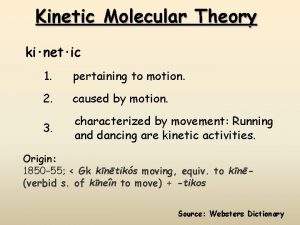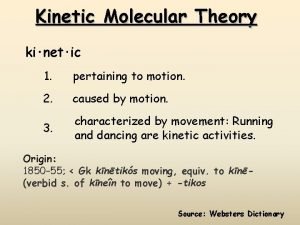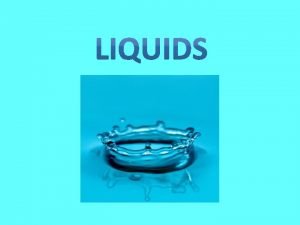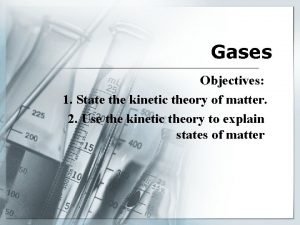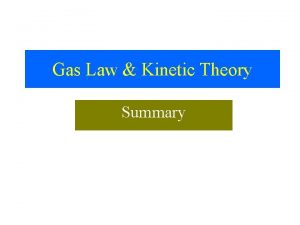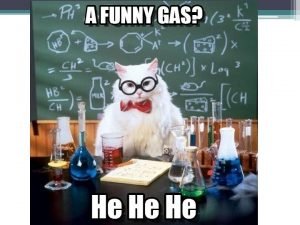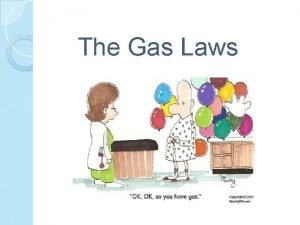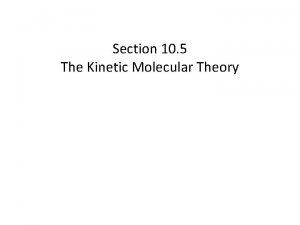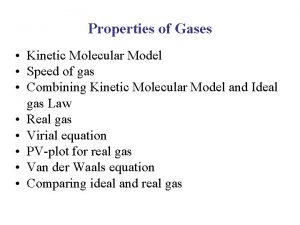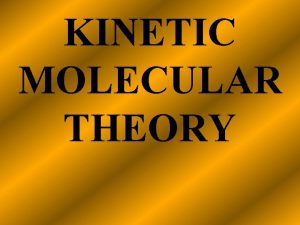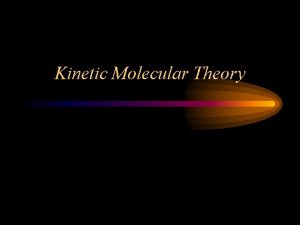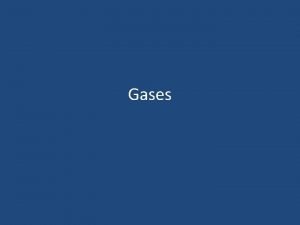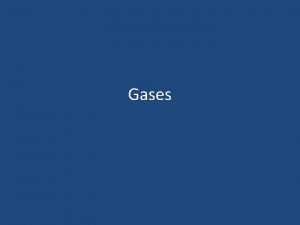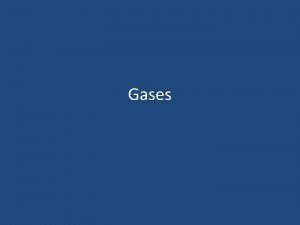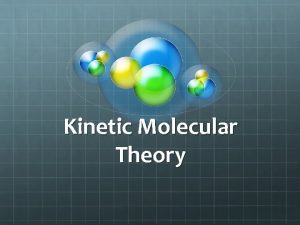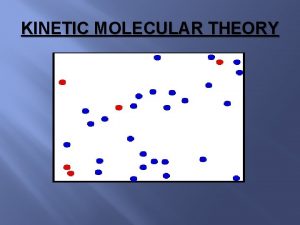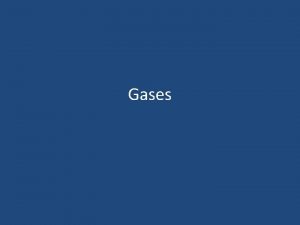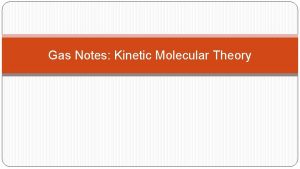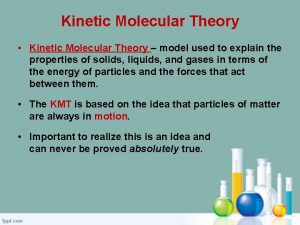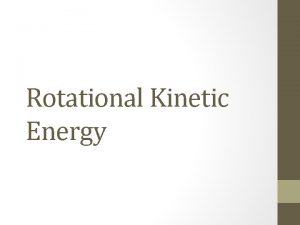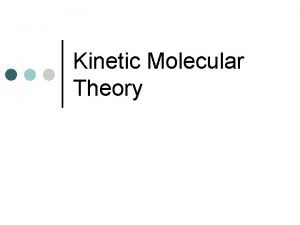Systems Energy Kinetic Molecular Theory Learning Targets 1


















- Slides: 18

Systems, Energy & Kinetic Molecular Theory Learning Targets 1. 6 and 2. 1

One of the main goals of Chemistry is to study energy flowing from one place to another during chemical or physical changes in order… • …to determine the quantity of heat exchanged between a system and its surroundings. § System: Part of the universe being studied (usually a chemical reaction) § Surroundings: The rest of the universe that interacts with the system

What are systems and how do they respond to change? • Open system: exchanges of matter and energy occur across boundaries • Closed system: No matter and energy exchanges across boundaries (occur way less) • Inputs: additions to a system • Outputs: losses from a system

System Analysis • Determine the inputs and outputs of a system and evaluate change • Steady state: when inputs = outputs so the system isn’t changing

Think about it…

Heat, Energy & Temperature • https: //www. youtube. com/watch? v=Qz. LWXXt 9 MRA&

Energy = the ability to do work or transfer heat • Kinetic Energy = moving energy • Ex: wind, heat, electromagnetic radiation • Potential Energy = stored energy • Unlit match, nuclear energy stored in nuclei of atoms, chemical energy (energy in food)

Kinetic Molecular Theory (KMT) • The word kinetic means “motion. ” The energy an object has because of its motion is known as Kinetic Energy. • According to KMT, ALL matter consists of tiny particles that are in constant, random motion. • The higher the temperature, the greater the motion of particles.

Kinetic Energy and Temperature • As a substance is heated, its particles absorb energy, and the particles move faster. • The faster the particles, the greater the kinetic energy, the higher the temperature. Why? • The temperature of a material is a measure of the average kinetic energy of the particles that make up the material. • At any given temperature, the particles of all substances, regardless of physical state, have the same average kinetic energy.

Characteristics of the States of Matter


Gases • The large space between particles explains why gases can be compressed easily. • No attractive forces exist b/w particles. • Gas particles undergo rapid, constant, and random motion so an uncontained gas can spread out into space without limit. (diffusion) • Particles collide and reverse directions often. • Collisions b/w particles in a gas are perfectly elastic (no energy is lost in the collision, so they never slow down). Collisions cause gas pressure.

Liquids • Unlike gases, there attractive forces between particles in a liquid. • These interparticle forces keep the particles in a liquid close together. • Particles in a liquid slide past one another. • Liquids are not easily compressed (little space between particles). • Therefore, liquids are more dense than gases.

Solids • The particles of a solid are packed tightly together and are not easily compressed. • Particles in a solid vibrate in place. • Most solids are crystalline. Particles are arranged in an orderly, repeating, three-dimensional pattern called a crystal lattice. • Non-crystalline solids (amorphous solids) lack an ordered internal structure. Ex. glass & plastic.

For Review

Effort Needed to Compress

Heating & Cooling Curves

Heating & Cooling Curves
 Kinetic energy molecular theory
Kinetic energy molecular theory Kinetic molecular theory of solids
Kinetic molecular theory of solids Kinetic molecular model of gases
Kinetic molecular model of gases Kinetic molecular theory volume
Kinetic molecular theory volume Kinetic molecular theory of liquids and solids
Kinetic molecular theory of liquids and solids Kinetic molecular theory of liquids
Kinetic molecular theory of liquids Kinetic theory def
Kinetic theory def Timeline of kinetic molecular theory
Timeline of kinetic molecular theory Charles law in terms of kinetic molecular theory
Charles law in terms of kinetic molecular theory Kinetic postulates of gases
Kinetic postulates of gases Kinetic molecular theory
Kinetic molecular theory Postulates of kinetic theory of gases
Postulates of kinetic theory of gases Pv=1/3nmc^2
Pv=1/3nmc^2 Kinetic molecular theory
Kinetic molecular theory Tenets of kinetic molecular theory
Tenets of kinetic molecular theory Writing learning targets
Writing learning targets Agonist antagonist muscles
Agonist antagonist muscles Druggist fold definition
Druggist fold definition Product learning target example
Product learning target example
